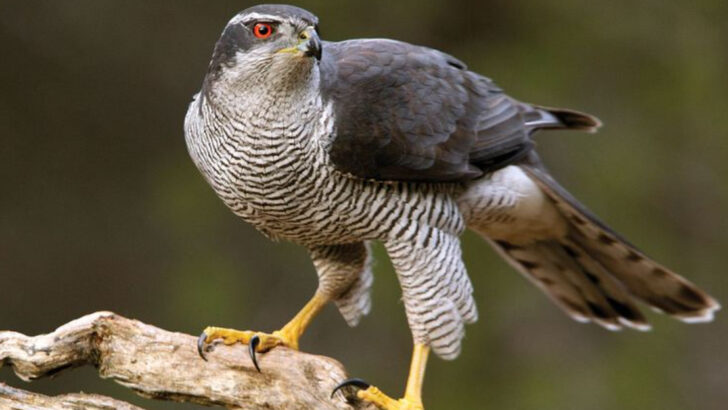A single twitch of grass is all it takes—they’ve already seen you. High above the trees, wings stretched wide, these birds aren’t just flying. They’re scanning. Calculating. Waiting. And when they strike, it’s with astonishing speed and unshakable precision. These predators don’t need noise. They don’t need chaos. They just need the tiniest flicker—a mouse’s tail, a rabbit’s ear—and the hunt is on. Some can spot a beetle from the clouds. Others can track movement through thick forest canopies. Their eyes are sharper than any human lens, built for survival and dominance. They’re not just birds. They’re skyborne assassins with vision that borders on supernatural. Here are 10 predatory birds so perceptive, so intensely focused, they could pick you out of a crowd from half a mile away.
Peregrine Falcon
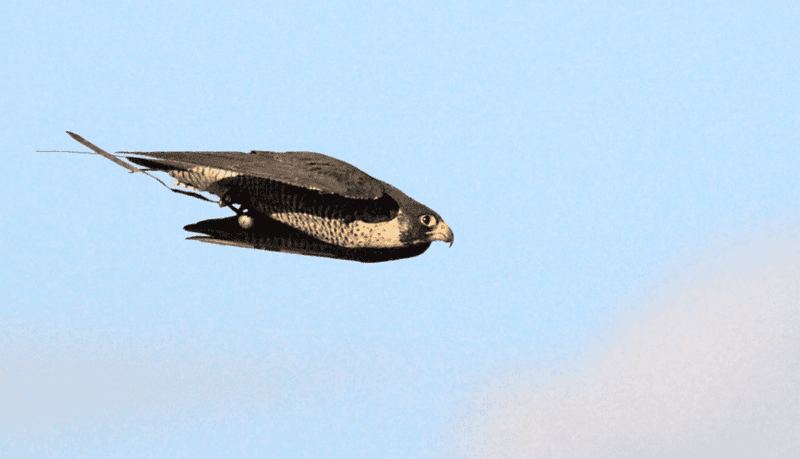
The Peregrine Falcon is renowned as the world’s fastest bird. With speeds reaching over 240 mph during its stoop (hunting dive), it epitomizes precision and power. This majestic bird hunts from great heights, spotting minute movements from afar.
Its incredible vision, nearly eight times sharper than humans, allows it to detect prey from over a mile away. Whether targeting doves or other small birds, its hunting prowess is unmatched.
The falcon’s adaptability to urban environments has also become a fascinating aspect of its behavior, making it a symbol of nature’s resilience.
Red-tailed Hawk
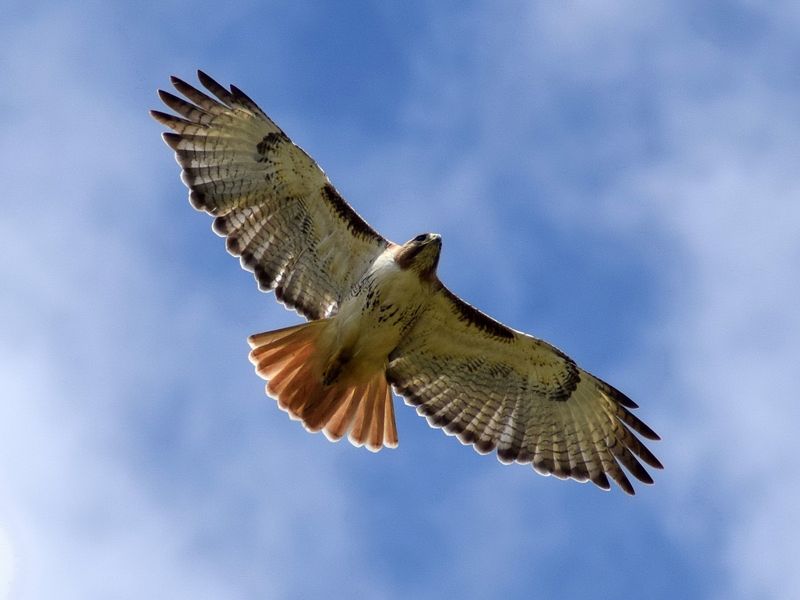
With its striking red tail and keen eyes, the Red-tailed Hawk is a master of the skies. This bird of prey is often seen soaring above open fields, scanning for the slightest rustle in the grass below.
Its hunting strategy involves soaring and circling at high altitudes, using its exceptional eyesight to spot small mammals like mice and rabbits.
A familiar sight in North America, the Red-tailed Hawk’s adaptability to diverse habitats, from deserts to woodlands, showcases its evolutionary success. Its call, often used in films, is iconic in the bird world.
Eurasian Sparrowhawk
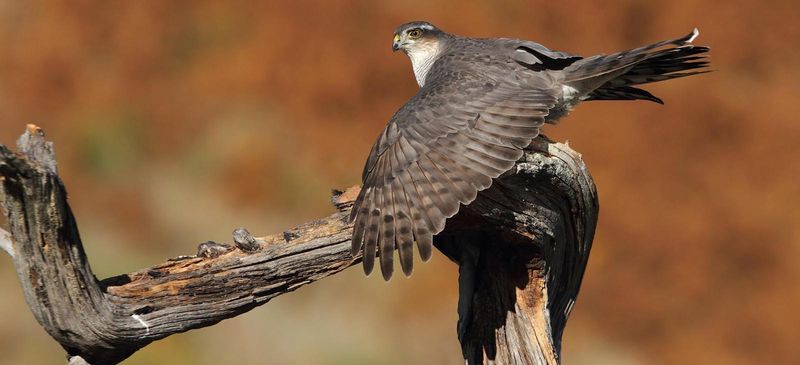
The Eurasian Sparrowhawk is a small but formidable bird of prey. Known for its agility, it navigates through dense forests with ease, catching unsuspecting birds mid-flight.
Its ability to spot and chase down quick-moving prey is aided by its superb vision and rapid wingbeats. The sparrowhawk’s distinctive barred underparts make it easily recognizable.
This bird’s preference for wooded areas highlights its specialization in hunting in challenging environments. Its presence in folklore and literature adds a mystical aura to its already impressive hunting skills.
Northern Goshawk
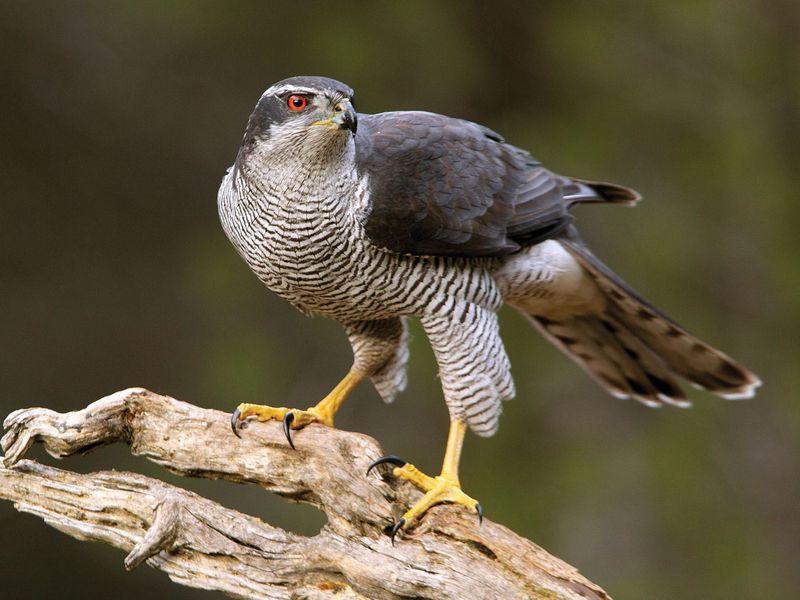
The Northern Goshawk is a symbol of strength and stealth. Larger than the sparrowhawk, it dominates the woodlands with its powerful build and sharp talons.
Its piercing gaze can detect the faintest movement of a squirrel or rabbit in the underbrush. This bird’s aggressive hunting style and versatile diet make it a formidable predator.
Renowned among falconers, the Northern Goshawk’s legacy as a hunting partner dates back centuries. Its ability to adapt to various climates further underscores its prowess in the avian hierarchy.
Golden Eagle
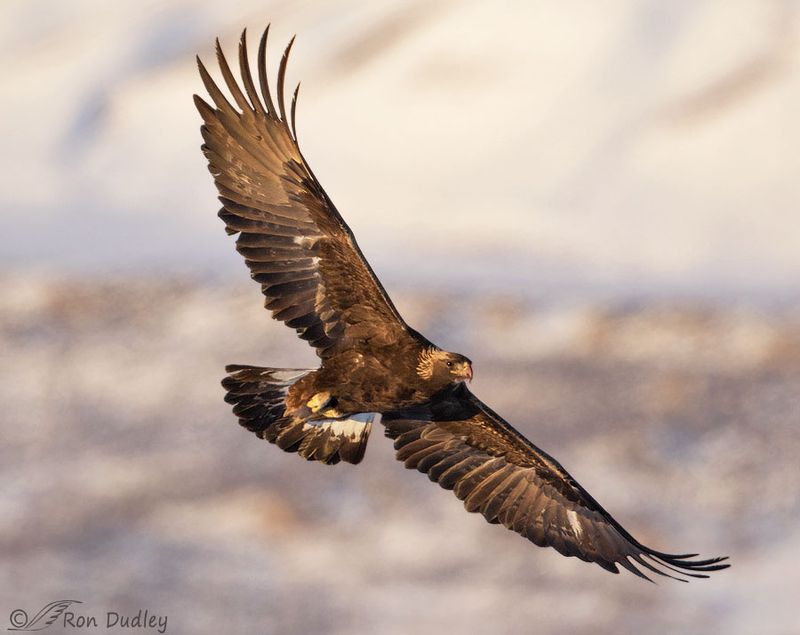
The Golden Eagle is an emblem of majesty and strength. With a wingspan exceeding seven feet, it commands the skies with grace and authority.
Its vision is legendary, capable of spotting a rabbit from two miles away. The eagle’s hunting technique involves soaring high and diving steeply to capture its prey.
A revered symbol in many cultures, the Golden Eagle’s presence in myth and emblem reflects its awe-inspiring nature. Its ability to thrive in rugged terrains showcases its adaptability and dominance in the bird kingdom.
Osprey

The Osprey, often called the ‘fish hawk,’ is a master angler. Its diet consists almost exclusively of fish, and its hunting technique is a marvel to behold.
Hovering above water, the osprey uses its acute vision to spot fish beneath the surface. With a dramatic dive, it plunges feet-first, capturing its slippery prey with specialized talons.
Found near coastlines and large lakes, the osprey’s global distribution is a testament to its adaptability. Its distinctive call and unique hunting method make it a favorite among birdwatchers.
Harpy Eagle

The Harpy Eagle, one of the largest and most powerful raptors, is a true jungle monarch. Its striking appearance, with a crown of feathers, is matched by its hunting prowess.
Living in the rainforests of Central and South America, it uses its exceptional vision to spot monkeys and sloths from afar. Its talons, as large as a bear’s claws, are tools of precision.
This eagle’s role in indigenous mythology underscores its significance in the cultural fabric of its habitat. Its conservation status highlights the need to protect these magnificent birds and their environments.
Bald Eagle
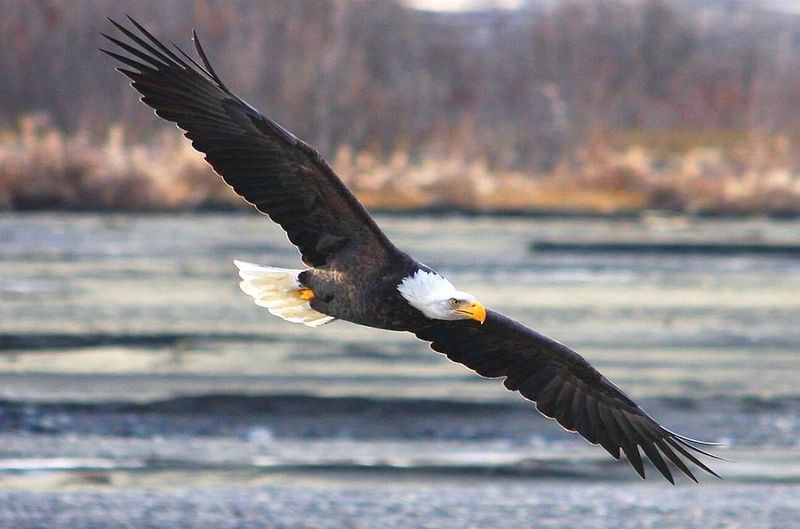
The Bald Eagle, America’s national bird, is a symbol of freedom and resilience. Its majestic presence and distinctive white head make it easily recognizable.
Soaring over rivers and lakes, the bald eagle’s keen eyesight helps it spot fish, its primary food source, from great distances. Its powerful talons and beak ensure a successful catch.
The conservation success story of the bald eagle, once endangered, is a testament to wildlife protection efforts. Its role as a national symbol enhances its revered status in both nature and culture.
Black Kite
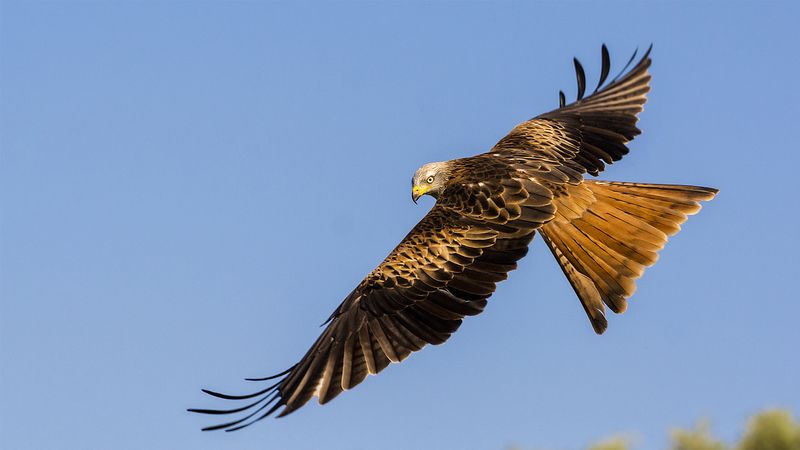
The Black Kite is a master scavenger, often seen gliding effortlessly over cities and countryside alike. Its adaptability to urban environments sets it apart from many raptors.
With acute vision, it spots small prey and carrion from high above, making use of thermals to stay aloft with minimal effort. Its forked tail aids in precise maneuvering.
Common in many parts of the world, the Black Kite’s ability to coexist with human development is a fascinating aspect of its ecology. Its presence often goes unnoticed yet plays a vital role in the ecosystem.
Snowy Owl
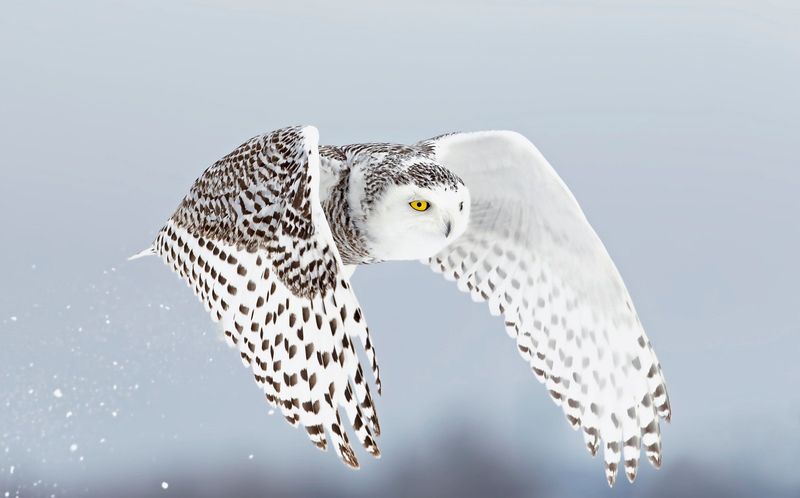
The Snowy Owl, with its ghostly white feathers, is a striking inhabitant of the Arctic tundra. Its keen eyesight and hearing enable it to detect lemmings and other rodents beneath the snow.
This owl’s nomadic lifestyle, driven by prey availability, showcases its adaptability in harsh climates. Its silent flight aids in stealth, allowing it to surprise its quarry.
The Snowy Owl’s appearance in literature and film has cemented its place in popular culture. Its serene presence in the wilderness is a testament to nature’s beauty and resilience.

